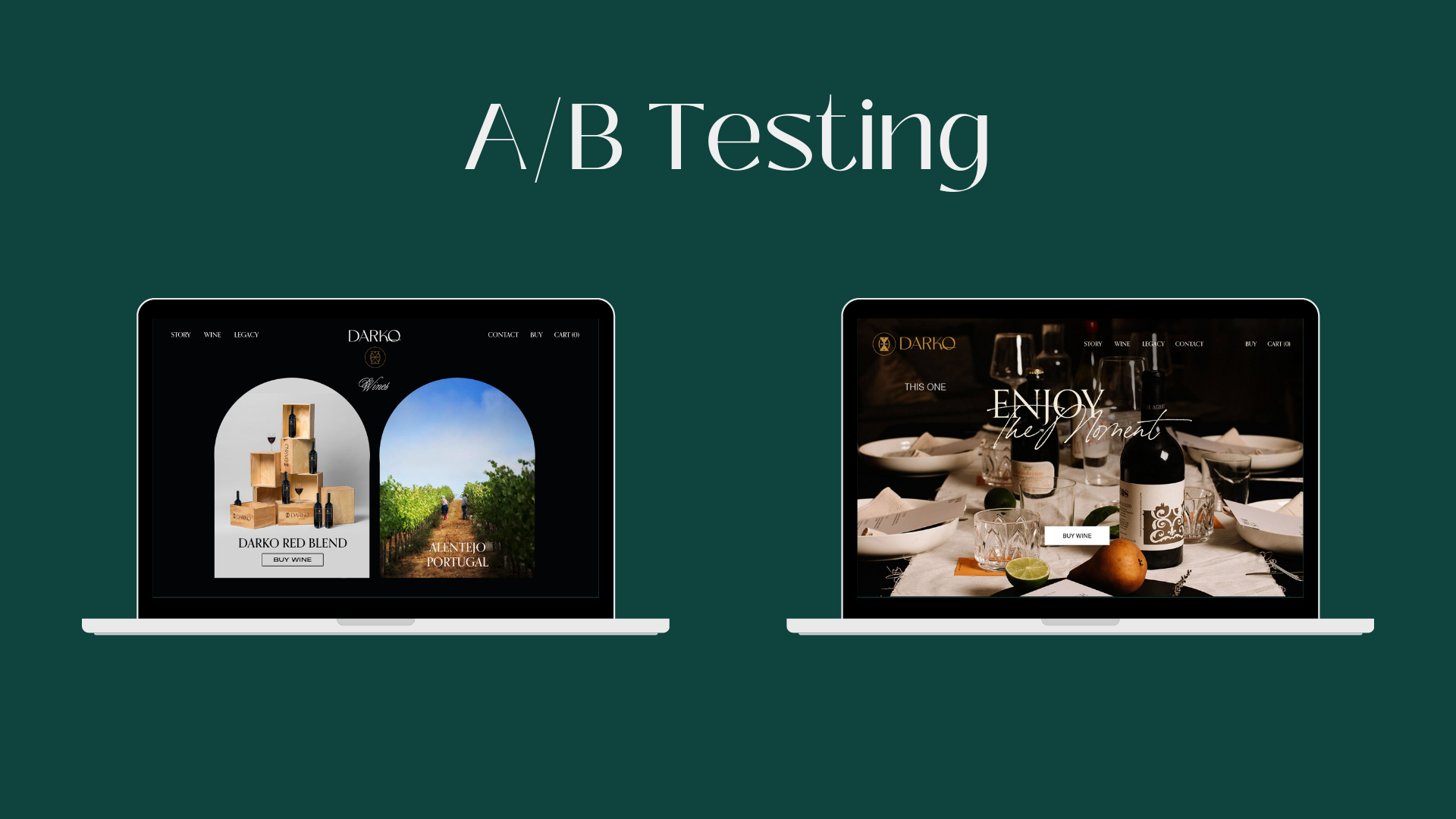When it comes to testing new features or making improvements to existing products, there are several different methods that companies can use. A/B testing, multivariate testing, canary testing, and usability testing are all common techniques that can be used to gather data and make informed decisions. Each of these methods has its own unique characteristics and can be used in different situations to achieve different goals.
A/B Testing (Split Testing)
A/B testing, often known as split testing, is a way of evaluating the performance of two versions of a product or feature. Typically, this is accomplished by randomly allocating users to one of the two versions and then analyzing the success indicators for each group. An e-commerce website, for example, may employ A/B testing to compare two distinct versions of a product page to determine which one generates more sales.
Overall, A/B testing is a powerful tool that can help companies make informed decisions about their products and improve their performance. It is best used when a company has a specific goal or hypothesis that it wants to test, and when it has a clear metric that it wants to optimize.

Multivariate Testing
Multivariate testing is similar to A/B testing, but instead of comparing two versions of a product, it compares multiple versions of a product with different combinations of variations. This allows companies to test multiple variables at the same time and determine which combination of variations produces the best results.
In essence, multivariate testing is an effective method for assisting businesses in making well-informed judgments concerning product development and enhancement. It is most effective when a company plans to improve a certain statistic while concurrently testing many factors.
Canary Testing
Canary testing is a method of gradually releasing a new feature or update to a small group of users before rolling it out to the entire user base. This allows companies to test the new feature in a controlled environment and make any necessary adjustments before it is released to the general public.
Canary testing helps firms launch new products and upgrades securely and effectively. It is best utilized when a corporation wishes to test a new product or upgrade in a controlled environment before releasing it to the public and avoid the hazards of rolling it out to all consumers at once.
Usability Testing
Usability testing is a method of evaluating a product or feature by testing it with real users. This allows companies to gather feedback from actual users and make any necessary improvements to the product or feature before it is released to the general public.
In sum, usability testing is a powerful method that may aid businesses in making their products more user-friendly. It’s useful when a business cares about its customers and wants to learn about their experiences with its goods so it can make them more user-friendly.
In conclusion, businesses have a variety of options for collecting data and determining the best course of action for their products, including A/B testing, multivariate testing, canary testing, and usability testing. Each strategy brings its own set of benefits to the table and may be deployed in a variety of scenarios.



